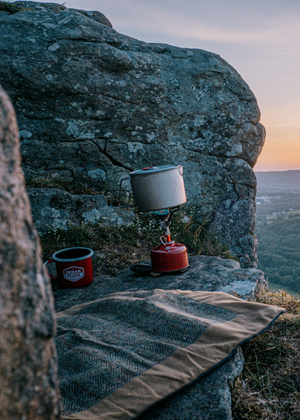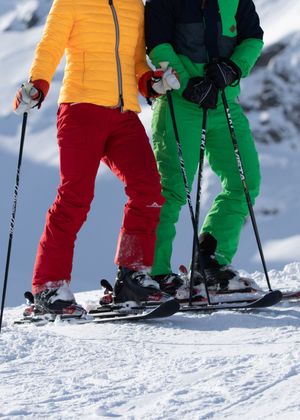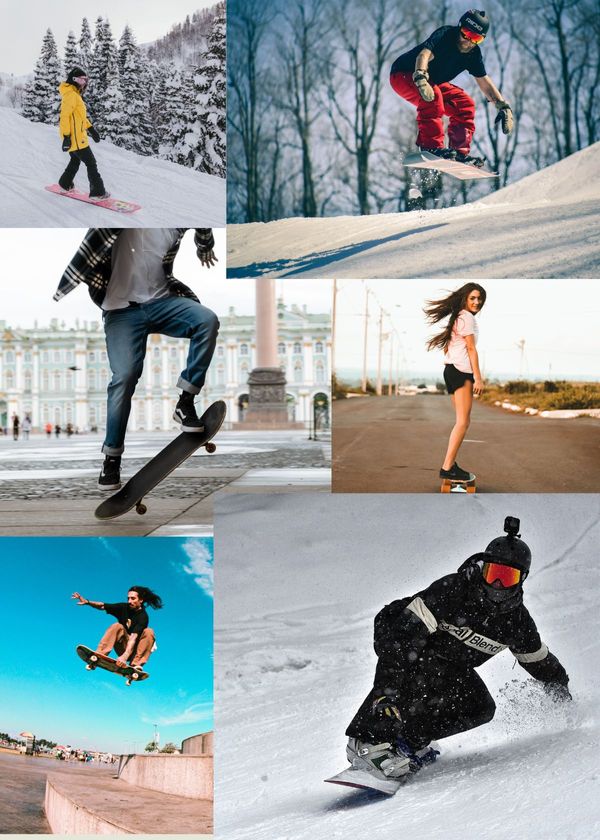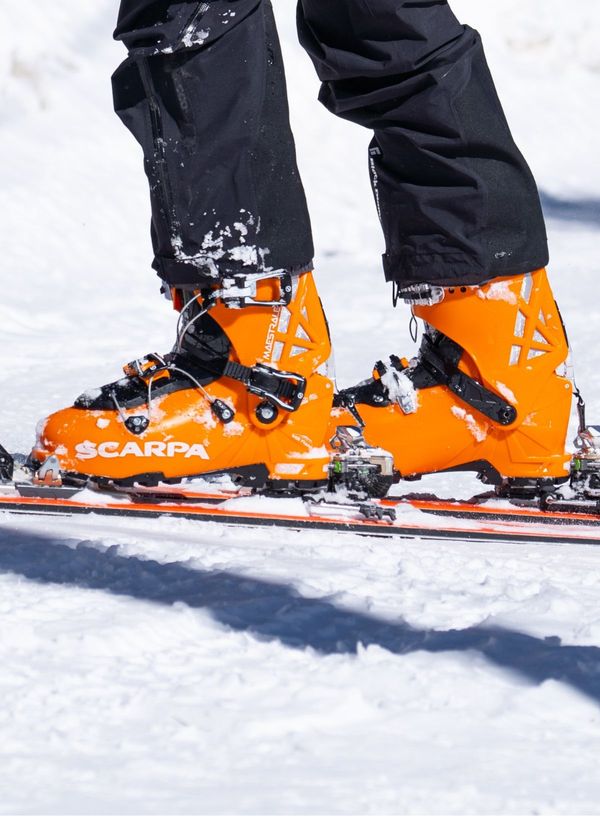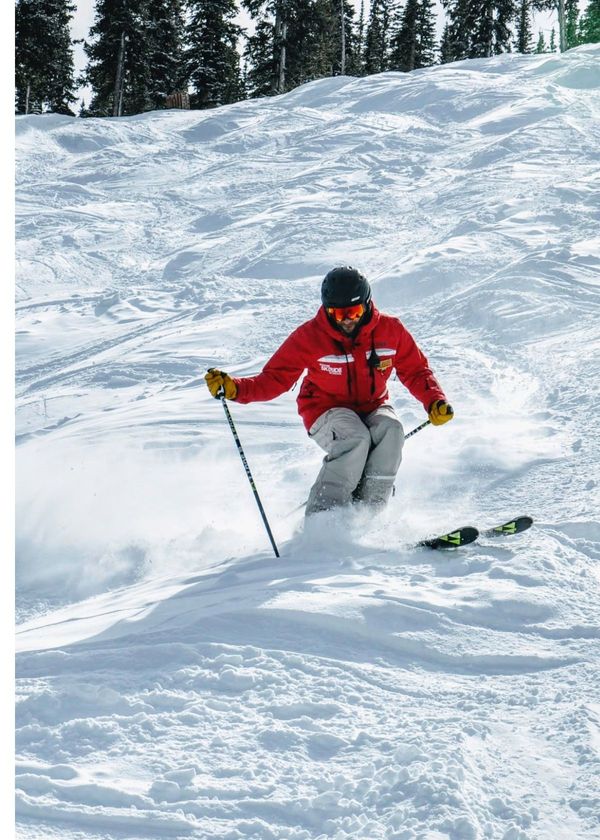Embark on a thrilling winter adventure with skiing, a sport that offers excitement both on and off the slopes.
While the right outerwear is crucial for tackling the elements, the key to staying warm and comfortable lies in the gear you wear under your ski pants.
Your base layer is more than just an extra layer of clothing – it's your secret weapon against the cold. By regulating body temperature and keeping your skin dry, the right base layer can enhance your skiing experience tenfold.
To ensure you're fully equipped for the mountain, here are some essential tips for packing your ski bag:
Here are four tips for choosing the best clothes to wear under ski pants:
1) Base layer material:
The essential base layer should provide insulation while still being lightweight and breathable.
- Merino wool is a great option as it keeps you warm even when wet and wicks away moisture quickly, helping to keep you dry and comfortable.
- Synthetic fabrics also work well if you prefer them over natural materials. For example, synthetic materials like polyester or nylon offer excellent breathability and moisture-wicking abilities while natural materials such as wool or cashmere provide superior insulation and are soft against the skin. It’s important to choose a material that will keep you comfortable on the slopes while also giving you enough protection from colder temperatures.
2) Warmth level of Material:
Warmth required of material should also be taken into consideration when finding what type of clothing to put underneath ski pants.
If it's going to be cold out on the mountain then opting for a heavier base layer made from wool or fleece might be more beneficial than a thinner synthetic fabric layer if staying warm is a priority.
3) Wicking properties of Material:
Wicking properties of the material should also be considered when selecting clothes worn under ski pants as this helps keep sweat away from your body where it can quickly cool down once exposed to cold external temperatures.
Synthetic fabrics are ideal in this area as they allow sweat vapor to pass through them instead of being trapped against your skin where it can become dangerously cold or interfere with insulation levels due to wetness.
4) Base layer fit:
When selecting clothes to wear underneath ski pants is fit.
Clothes should be snug but not tight so that they won’t restrict movement and there is enough flexibility for optimal comfort while skiing.
Avoid items with bulky seams or tight elastic bands that can cause chafing when moving around on the slopes all day.
5) Wicking properties of Material:
It should also be considered when selecting clothes worn under ski pants as this helps keep sweat away from your body where it can quickly cool down once exposed to cold external temperatures.
Synthetic fabrics are ideal in this area as they allow sweat vapor to pass through them instead of being trapped against your skin where it can become dangerously cold or interfere with insulation levels due to wetness.
6) Heavyweight leggings or tights:
To make sure your legs stay warm, heavy weight leggings or tights are an essential part of any skier's outfit.
Pick a pair with some stretch in them so they move with you while skiing and don't restrict movement at all. Look for items made from fleece or other insulating materials to give optimal protection against cold temperatures.
7) Long underwear:
Layering up long underwear under ski pants will help keep you warm in cold weather but also give you flexibility to reduce layers if needed due to changing temperatures during your day on the slopes.
Make sure it fits snugly but not too tight so it doesn't restrict movement at all. Merino wool or synthetic material work best because they provide excellent insulation but are also lightweight enough not to impact movements on the snow too much .
8) Thermal socks:
Investing in good thermal socks helps keep feet warm even when outside temperatures drop low, so make sure your sock collection includes some heavier duty ones designed specifically for skiing.
Look for socks made from Merino wool blends since they will wick away moisture quickly and help regulate temperature more effectively than traditional cotton socks which could get damp during activities like skiing and sledding.
9) Budget for additional features:
Additionally, different budget levels should also be taken into account when making a purchase decision regarding base layers as prices vary from brand to brand with some being quite expensive compared to others depending upon features offered by each garment including water resistance capabilities or extra pockets added onto items for additional versatility during activities like skiing, snowboarding or tubing which may require certain items close at hand such as energy snacks or sunscreen lotion applications throughout the day out on the mountain slopes.
When selecting what type of clothing to wear underneath ski pants, it is important to consider the tips presented.
With the proper skiing gear aiding you from the freezing cold which includes having the right ski clothing, boots, gloves and proper protective gear, you'll be able to stay warm and dry and safe on the slopes all day long.
Now that you know what to look for, click the links to see our selection of the best skiing outfits for women and the best skiing and snowboarding pants for all today!


